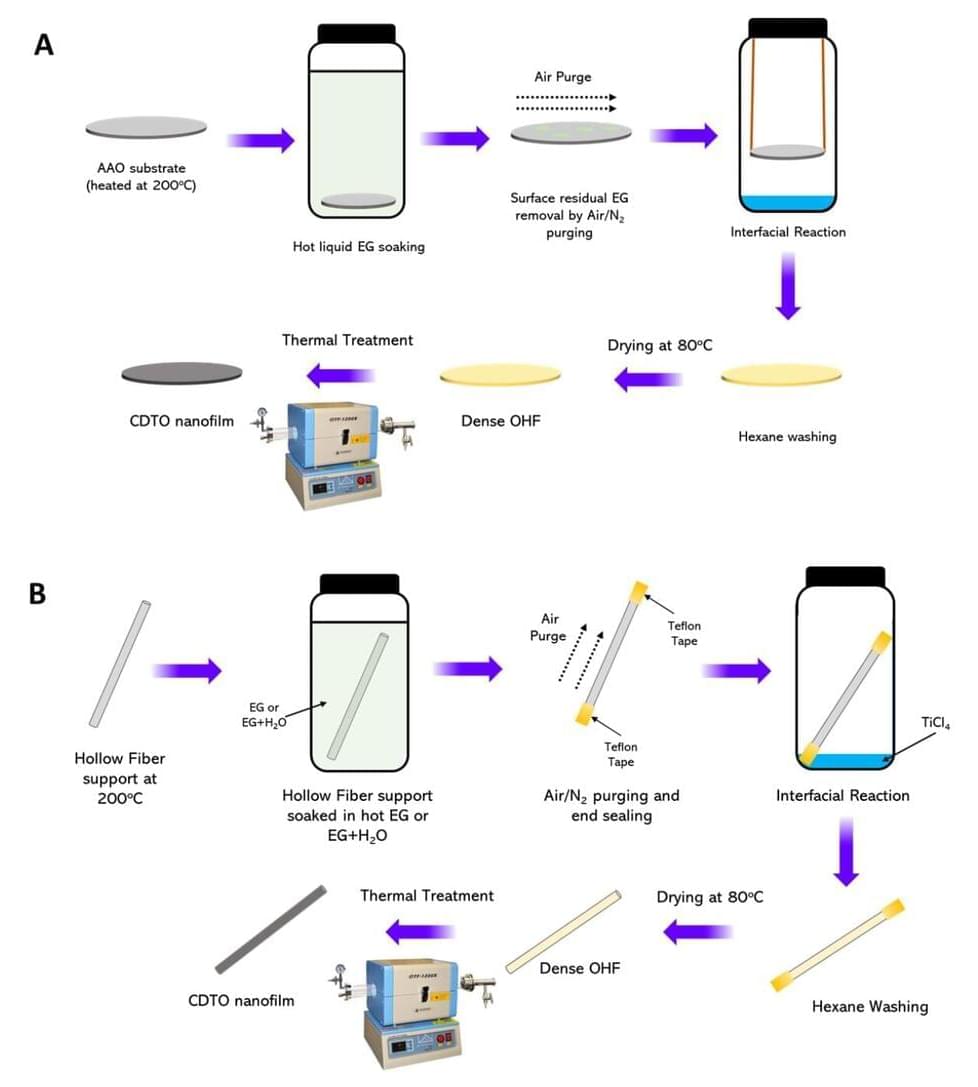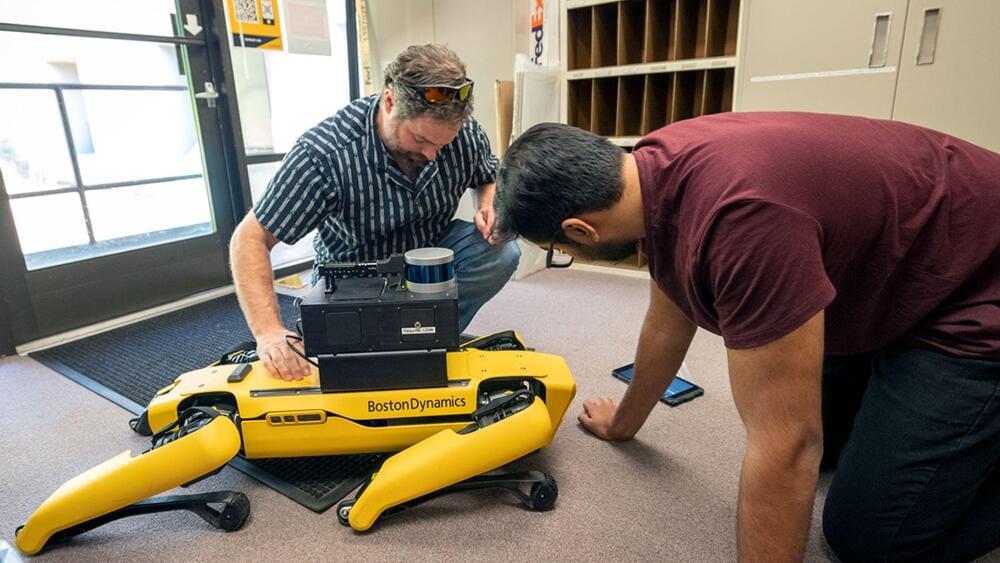Core inflation remains elevated in advanced economies, with economists calling for tighter monetary policies in order to improve price and financial stability for sustained economic growth. With inflation only slowly moving towards sustainable targets, investors can leverage insights into teen spending patterns, behaviors, and advancements in technology to identify broader economic and market trends.
In a recent Piper Sandler Taking Stock With Teens survey that analyzed discretionary spending patterns, fashion trends, technology, and brand and media preferences, inflation was determined to be the number two social concern among teens, pointing to initial signs of a slowdown in teen spending.
“Inflation reached its highest mindshare in terms of political and social issues, right behind the environment,” said Edward Yruma, senior research analyst.









